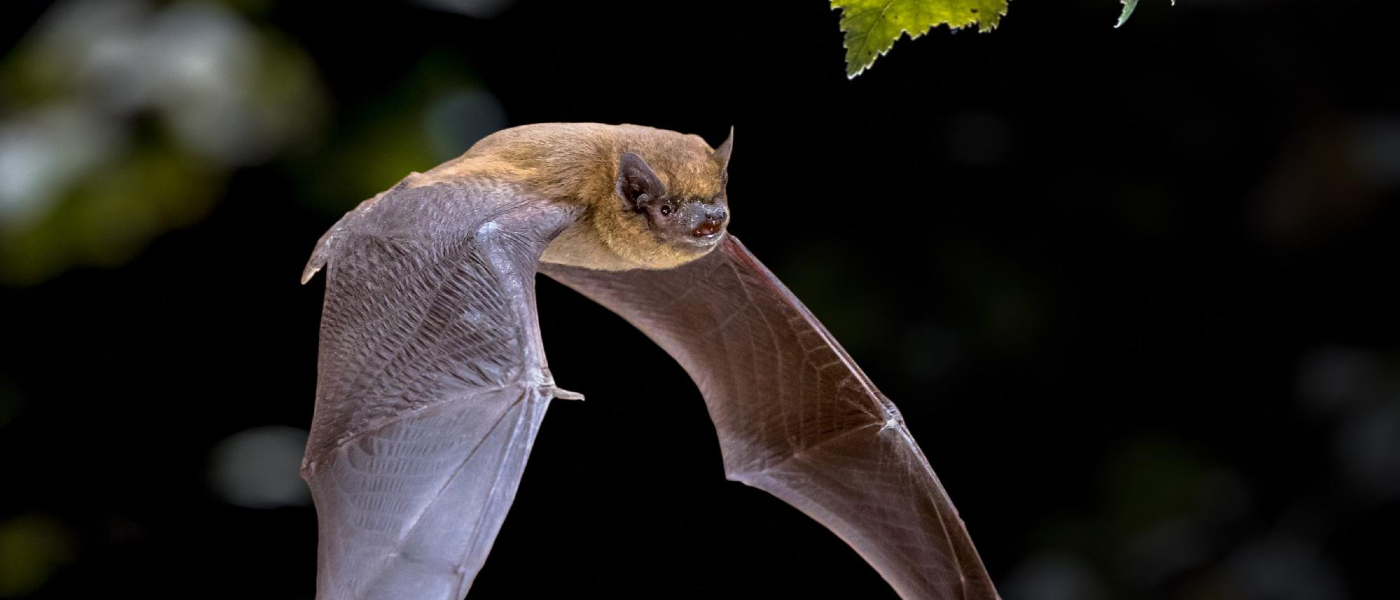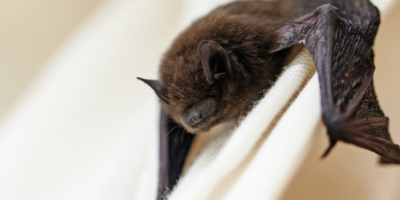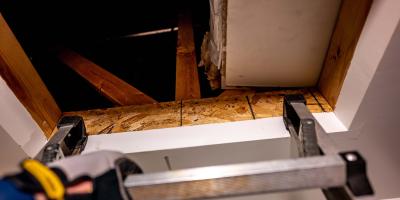How to Help Wayward Bats Find Shelter (Without Offering up Your Own)

People have pretty mixed feelings about bats: Some think of them as cute and cuddly omnivores who control the insect population and add spooky fun to Halloween celebrations; others consider them creepy, disease-ridden flying mammals the world would be better off without. Most people fall somewhere in between, believing bats are good to have around -- at a distance. The fact is, the true value (and danger) of bats supports the moderate mindset.
3 Unmistakable Bat Benefits
It’s hard to deny that bats are insect population-decimating machines. Although the often-quoted statistic that bats eat 1,000 mosquitoes per hour may be a bit overblown, the reality is not too far from that mark: Most researchers clock bats’ insect-eating abilities at around 600 critters per hour, which is still quite impressive.
Not only do bats help control insect populations, they help make much of our food grow. Just like bees, bats help pollinate flowers, including the fruit-producing kind, and they are crucial for the spread of seeds (which they eat and then deposit elsewhere in their feces or guano). Speaking of guano, bat waste makes an excellent fertilizer with its high levels of nitrogen, potassium and phosphate -- all critical nutrients that help plants grow.
Bats help keep cave ecosystems in balance, and also serve as tasty dinners themselves for larger predators, such as birds of prey and carnivorous land mammals. Considering these facts among the many other ecological benefits they provide; you’ve got a species worth protecting.
Signs and Symptoms of Bats on Site
The problem arises because bats build roosts, and most attics, crawl spaces and other nooks and crannies found in homes (especially the older kind that line the streets and roads of much of New England) make the perfect place to construct them. Roosts serve as habitat and delivery ward, where bats both live and give birth to their young, which is part of why it’s so important to handle the situation carefully if you discover bats on your property.
The telltale signs that you’ve got bats roosting somewhere on site start with the flapping noises of their wings and their high-pitched vocalizations. Guano droppings (and the associated odor of ammonia) and grease marks from their oily skin are usually the next sign, followed by the reveal of their roost upon inspection.
Why it’s Best to Banish Bats -- Safely and Humanely
Although bats’ reputation for being common carriers of rabies is often exaggerated, they are common carriers. Beyond that, there are many other reasons why you don’t want to cohabitate with them, including diseases in their excrement like histoplasmosis, MERS, SARS and others. Therefore, when you discover a bat infestation, it’s important to deal with the problem immediately by contacting your wildlife control professional.
Bat Houses: The Best of Both Worlds
One of the most delightful ways to address a bat problem that gives you all of the benefits (insect population reduction, pollination, cute flying mammals) but eliminates the dangers is to buy or build a bat house.
Bat houses are simple wooden boxes, at least 20 inches tall and 14 inches wide (but they can be bigger) that you mount 20 to 30 feet away from the nearest trees and ten feet up in the air. You can control the temperature of your bat house by painting it the appropriate color (New England bat houses are best painted blue, which absorbs more of the sun’s heat and keeps the enclosure warm during the colder months).
The National Wildlife Foundation has excellent, easy-to-follow instructions for building a bat house here, or you can simply order a pre-fabricated bat house here on Amazon for about $25 to $50.
Already hosting bats where you’d prefer they not be nesting? Schedule a free inspection to speak with one of our wildlife professionals about your options to safely and humanely remove them.



